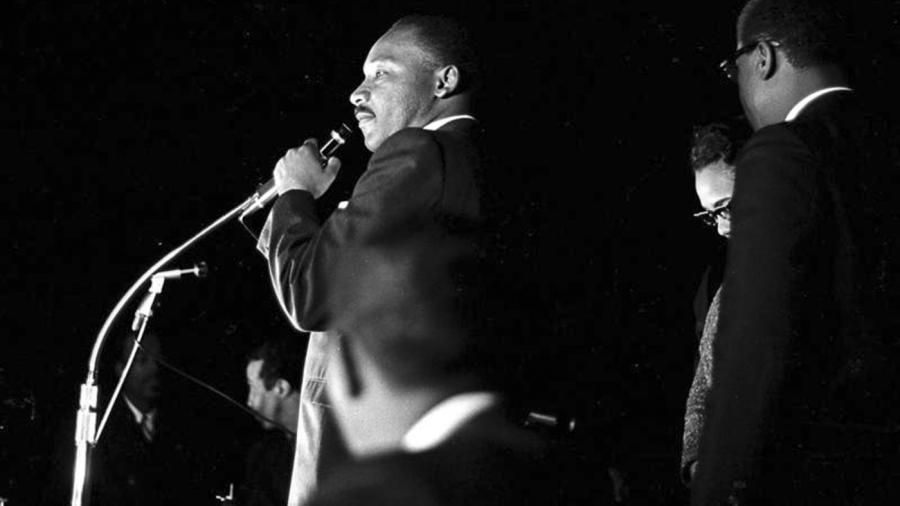Understanding the Meaning of MLK’s “I Have a Dream” Speech

Dr. Martin Luther King, Jr. delivered his famous “I Have A Dream” speech on August 28,1963 at the Lincoln Memorial. He discussed racial inequality, eliminating racism and his desire for everyone to coexist peacefully.
Racial Inequality
Dr. King opens his speech by discussing the Emancipation Proclamation issued by Abraham Lincoln, which freed slaves after the American Civil War 100 years prior. Although this was a first step, the act in and of itself did not eliminate racism or racial inequality. Slavery has long been illegal but African Americans in the 1960s were pushed to the outer margins of society due to segregation and discrimination. The Emancipation Proclamation was a beacon of hope for African Americans, but he pointed out that there is still much work to do before they can be considered “free.” Dr. King lists many of the ways that African Americans are treated differently than other people and the limitations that are placed on them. By pointing out these differences, he hopes that the country can change them.
Unkept Promises
Dr. King goes back even farther in history to reference the Constitution and the Declaration of Independence in his speech. He equates these documents to a check or promissory note that grants all citizens the unalienable rights of life, liberty and pursuit of happiness. However, for African Americans, the check bounced. African Americans are unable to cash the check and take advantage of the liberties promised to them by the founding fathers and granted to other citizens. The documents that the country was built on state that all men are created equal; however, this statement is not true for African Americans who are not yet being treated as equals at the time of the delivery of the speech.
Peaceful Protest
The era leading up to this iconic speech was one of civil unrest. Protests, both peaceful and violent, were common all across the country. Dr. King calls on protesters to stick together and continue so that everything does not return to “business as usual.” However, he also asks protesters to refrain from violence and not allow their frustrations to turn into hatred and bitterness toward white Americans ‰ÛÓ many of whom stand side by side in their protests.
Dreams for the Future
Dr. King states that this day in 1963 is just the beginning. The movement will not back down until there is justice and equality for all African Americans. He lists a series of demands or conditions that must be met to show that all people, regardless of skin color, are truly equal. These demands include granting African Americans the right to vote across the entire US, getting rid of “Whites Only” signs and spaces, ending police brutality and improving the living conditions of African Americans. Dr. King then uses his words to paint a beautiful picture of an America that he wants to see. A country where everyone coexists peacefully and his children are not judged or treated harshly simply because of the color of their skin. He calls for freedom to ring from every mountainside and hilltop, then closes quoting a great spiritual song he hopes people of all races and backgrounds will one day sing together, “Free at last, free at last. Thank God Almighty, we are free at last.”





